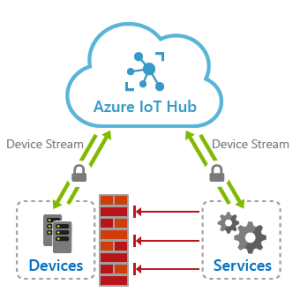
How Smartphones are Changing the Face of Education
Introduction
Smartphones have revolutionized the way we communicate, work, and access information. But their impact extends beyond just our personal and professional lives; they are also changing the way we learn and educate ourselves. In recent years, smartphones have become powerful tools in the hands of students and educators, transforming the face of education as we know it.
Accessibility and Convenience
One of the major advantages of smartphones in education is their accessibility and convenience. With smartphones, students have a world of information at their fingertips. They can access online textbooks, research materials, educational apps, and study guides anytime, anywhere. This level of convenience empowers students to learn at their own pace, facilitating independent learning and reducing the constraints of traditional classroom environments.
Interactive Learning
Smartphones offer a wide range of interactive learning opportunities. Educational apps and platforms allow students to engage with content in a more interactive and dynamic way. They can watch educational videos, participate in virtual simulations, solve interactive quizzes, and even collaborate with classmates on group projects. This interactive approach to learning enhances student engagement, making the educational experience more immersive and enjoyable.
Personalized Learning
Every student learns differently, and smartphones help facilitate personalized learning experiences. There are numerous educational apps that provide personalized learning paths based on each student’s strengths, weaknesses, and learning style. These apps adapt the content and pace to suit individual needs, ensuring that students receive a tailored education that caters to their unique requirements. This personalized learning approach fosters better understanding and retention of information, leading to improved academic performance.
Collaboration and Communication
Smartphones facilitate seamless collaboration and communication among students and educators. With messaging apps, discussion forums, and video conferencing tools, students can easily connect and collaborate with classmates and teachers outside the confines of the classroom. This enables them to engage in virtual group discussions, seek clarification on concepts, and receive feedback on their work. The ability to connect with experts and professionals in various fields through social media and online platforms also expands the learning opportunities beyond the traditional boundaries.
Enhanced Digital Skills
In today’s digital era, proficiency in technology is essential. By integrating smartphones into the education system, students develop and enhance their digital skills, which are crucial for their future career success. They learn to navigate various apps, platforms, and tools, improving their digital literacy. Moreover, as smartphones become increasingly integrated into educational curricula, students gain hands-on experience with technological advancements and learn how to leverage technology for academic and professional purposes.
Conclusion
Smartphones have undoubtedly transformed education, providing students with endless opportunities to learn, collaborate, and grow. From increased accessibility and convenience to interactive and personalized learning experiences, smartphones have revolutionized the way we educate ourselves. As smartphones continue to evolve, the face of education will continue to change, offering even more innovative ways for students to acquire knowledge and skills.

